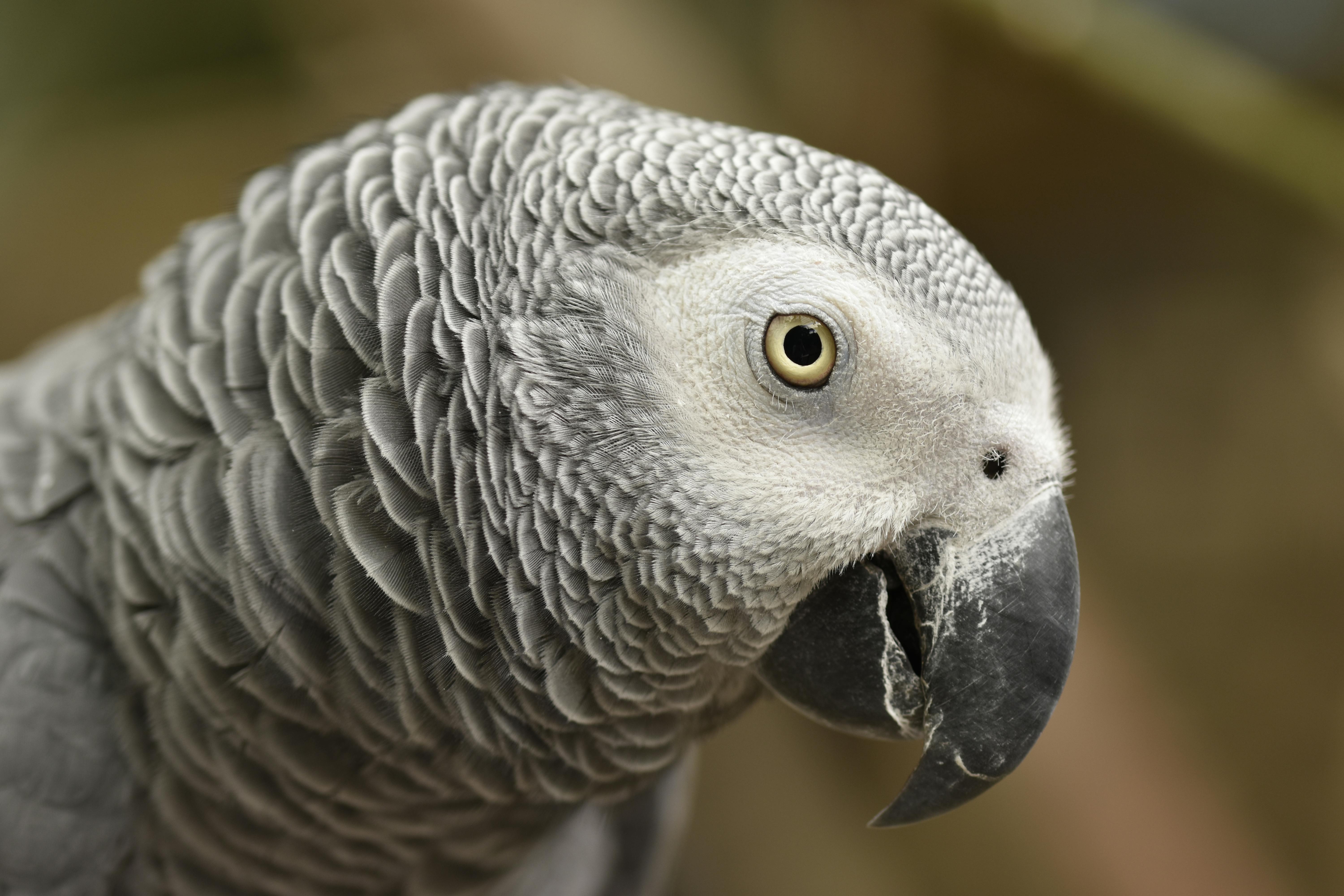
Effective Ways to Breed Axolotls in 2025: Discovering Techniques
Introduction to Axolotl Breeding
Axolotls are fascinating creatures, known for their regenerative capabilities and unique appearance. As an increasingly popular pet, understanding how to breed axolotls effectively has become crucial for aspiring aquarists. Breeding axolotls in captivity can not only help maintain their population but also provide a rewarding experience for hobbyists seeking to learn more about axolotl reproduction and their intricate mating habits.
In this comprehensive guide, we will explore the essential methods and techniques of successful axolotl breeding, from tank setup and water conditions to the specific axolotl breeding requirements. You’ll discover best practices for monitoring axolotl pairs during breeding, as well as care tips for their eggs and larvae. This article will provide you with a roadmap to successfully navigate the breeding of axolotls in 2025 and beyond.
By the end, you will have a thorough understanding of axolotl breeding, enabling you to embark on this rewarding journey with confidence.
Setting Up the Ideal Breeding Environment for Axolotls
Creating the perfect axolotl breeding tank is the first step towards successful breeding. An adequate setup ensures that axolotls feel safe and comfortable during the mating process.
Tank Requirements for Breeding Axolotls
When selecting a tank for breeding, it is ideal to provide at least a 20-gallon aquarium to give enough space for breeding pairs. The tank should include hiding spots, such as caves or plants, which can help minimize stress during breeding.
Water conditions are crucial; maintaining a temperature between 60°F to 68°F provides optimal breeding conditions for axolotls. Additionally, the pH level should ideally remain between 6.5 and 7.5. Regularly monitoring water quality and performing water changes can greatly improve the success of the axolotl breeding cycle.
Essential Equipment and Supplies for Breeding
In addition to a spacious tank and clean water, consider investing in high-quality filtration systems, heaters, and aquarium decorations that enhance the axolotls' environment. Equip your breeding tank with a sponge filter, as it provides gentle filtration without harming the delicate axolotl larvae.
You will also need supplies for caring for breeding axolotls, including food designed for both adults and larvae, such as high-quality pellets, bloodworms, and brine shrimp.
Breeding Preparations: Selecting the Right Axolotl Pairs
Choosing the right pairs for breeding is essential; ensure they exhibit favorable traits and are healthy. Consider genetic factors, as selective breeding can enhance specific characteristics. Thoroughly researching axolotl genetics basics can assist in making these selections.
Before initiating the breeding process, monitor the signs of pregnant axolotls, such as a swollen belly or changes in behavior. These can indicate that your axolotl is ready to spawn.
Understanding Axolotl Breeding Behavior
To successfully navigate axolotl reproduction, it’s important to understand their mating rituals and general behavior during breeding.
Observing Axolotl Mating Rituals
Axolotls typically exhibit unique mating habits that can be fascinating to observe. During the spawning period, the male will initiate the courtship by performing a dance that includes wiggling his body and using his gills to attract the female’s attention.
This courtship can last several days, culminating in the male positioning himself to fertilize the eggs laid by the female. Understanding this behavior is vital for ensuring a successful breeding experience.
Signs of Successful Mating
After successful mating, the female axolotl will lay eggs in clusters, which may appear like delicate jelly-like layers in the tank. If you notice these eggs, you can confirm that the pairing was successful.
Make sure to monitor the tank closely to keep track of the eggs, as the next steps in the breeding process hinge on their care and protection.
Common Breeding Challenges
While breeding axolotls can be incredibly rewarding, there are challenges. Issues such as low fertility rates, stress among pairs, and failure to spawn can arise, often due to improper tank conditions or stress. Community insights from axolotl breeding forums can offer valuable advice for overcoming these hurdles.
Caring for Axolotl Eggs and Larvae
Once the axolotl eggs are laid, proper care is paramount for hatching success. Understanding how to care for axolotl eggs and manage newly hatched larvae is a core component of successful breeding.
How to Maintain Egg Conditions
It is vital to remove axolotl eggs from the tank to avoid predation by adult axolotls. Use a fine mesh net or floating container to house the eggs, ensuring they remain submerged but not fully submerged in water.
Maintaining water quality and temperature at the ideal range during the incubation period is vital. Hatching typically occurs within 14-20 days, depending on environmental conditions.
Feeding and Caring for Axolotl Larvae
Upon hatching, axolotl larvae require specialized care. It is necessary to feed them with small food particles like newly hatched brine shrimp or specialized larvae food. Ensure that their environment remains clean and that water is adequately filtered to protect them from diseases.
Regular water changes are essential to keep conditions optimal for growth and health.
Monitoring Health and Growth
Keeping a close eye on the growth and health of axolotl larvae is essential. Signs of healthy larvae include active swimming and clear gills. If any larvae display signs of distress, such as lethargy or discoloration, immediate action should be taken to improve their living conditions.
Final Thoughts on Breeding Axolotls
Breeding axolotls can be a fulfilling endeavor when approached with knowledge and care. Armed with these tips and techniques, you can embark on a fruitful breeding journey. Remember the importance of community and shared experiences, as learning from others can provide valuable insights and improve your success rates.
Through understanding axolotl breeding dynamics, ensuring the best environmental conditions, and nurturing young axolotls, you can contribute positively to the future of these magnificent creatures in 2025 and beyond.
 example.com/image2.png
example.com/image2.png
 example.com/image3.png
Its part of generated content. Can i generate another part?
example.com/image3.png
Its part of generated content. Can i generate another part?